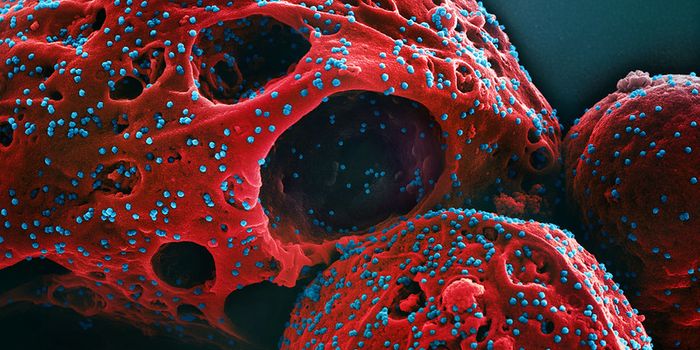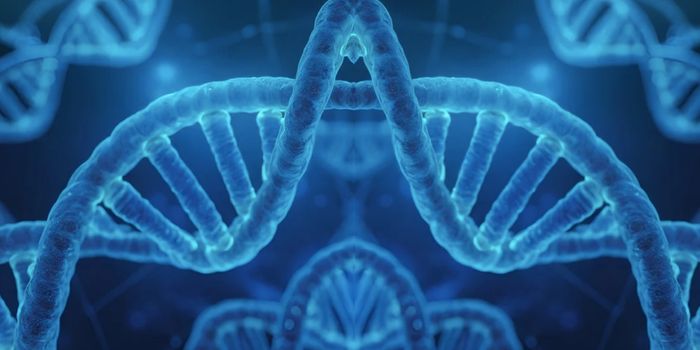Low Vitamin D Levels Linked to COVID-19 Mortality
The COVID-19 pandemic has swept through various countries with widely discrepant mortality rates. Many theories have been proposed to explain this observation, for example, differences in a country's healthcare infrastructure, the age of the population, or testing rates and problems. Researchers at Northwestern University noticed that in countries with high mortality rates, like the UK, Spain, and Italy, COVID-19 patients tended to have lower levels of vitamin D compared to patients that had not been affected as severely. The work has not yet been subject to peer-review, and has been reported in medRxiv. The study authors noted that people should not start buying supplements.
"While I think it is important for people to know that vitamin D deficiency might play a role in mortality, we don't need to push vitamin D on everybody," said the study leader, Northwestern's Vadim Backman, the Walter Dill Scott Professor of Biomedical Engineering at Northwestern's McCormick School of Engineering. "This needs further study, and I hope our work will stimulate interest in this area. The data also may illuminate the mechanism of mortality, which, if proven, could lead to new therapeutic targets."
Backman started this research because he thought there was some other reason besides age, healthcare infrastructure or testing, that explained why mortality rates were varying so much.
"None of these factors appears to play a significant role," Backman said. "The healthcare system in northern Italy is one of the best in the world. Differences in mortality exist even if one looks across the same age group. And, while the restrictions on testing do indeed vary, the disparities in mortality still exist even when we looked at countries or populations for which similar testing rates apply. Instead, we saw a significant correlation with vitamin D deficiency."
Backman's team has found a connection between vitamin D levels and a major complication of severe COVID-19 cases: cytokine storms, in which an overactive immune system causes hyperinflammtion. Vitamin D was also linked to mortality.
"Cytokine storm can severely damage lungs and lead to acute respiratory distress syndrome and death in patients," said the first author of the study, Ali Daneshkhah, a postdoctoral research associate in Backman's laboratory. "This is what seems to kill a majority of COVID-19 patients, not the destruction of the lungs by the virus itself. It is the complications from the misdirected fire from the immune system."
Backman noted that vitamin D can stop the immune system from becoming overactive, as well as enhancing innate immunity. Proper vitamin D levels may, therefore, be important in preventing COVID-19 complications.
"Our analysis shows that it might be as high as cutting the mortality rate in half," Backman said. "It will not prevent a patient from contracting the virus, but it may reduce complications and prevent death in those who are infected."
In children, the acquired immune system, which is more likely to overreact compared to the innate immune system, is not fully developed. "Children primarily rely on their innate immune system," Backman said. "This may explain why their mortality rate is lower."
Backman stressed that high levels of vitamin D can cause health problems, so people should not start ingesting supplements until we know more about how it's working in this situation.
"It is hard to say which dose is most beneficial for COVID-19," Backman said. "However, it is clear that vitamin D deficiency is harmful, and it can be easily addressed with appropriate supplementation. This might be another key to helping protect vulnerable populations, such as African-American and elderly patients, who have a prevalence of vitamin D deficiency."
Sources: Science Daily via Northwestern University, medRxiv









